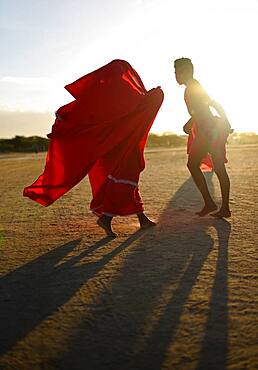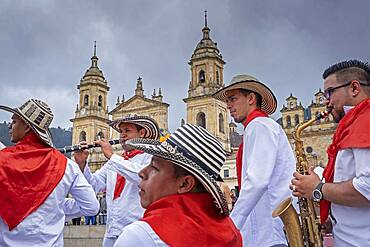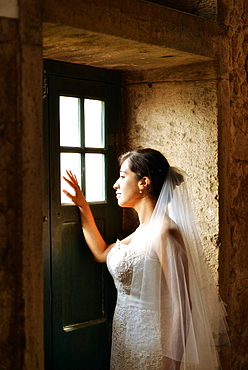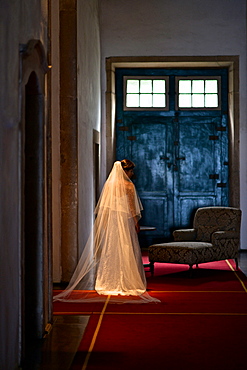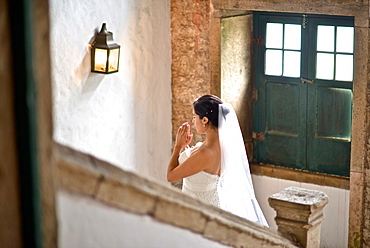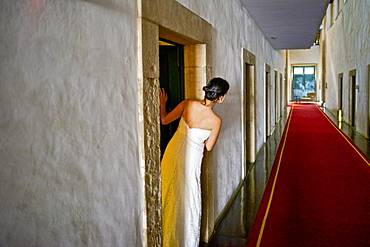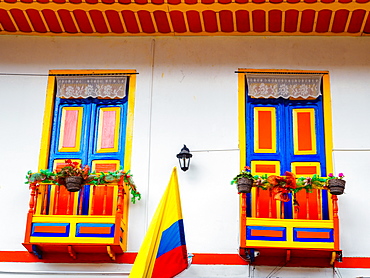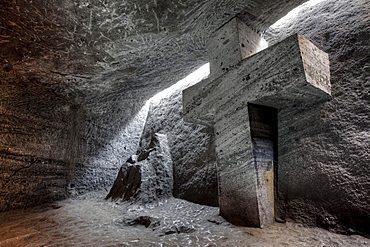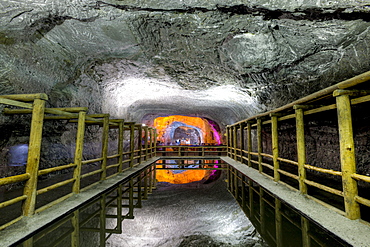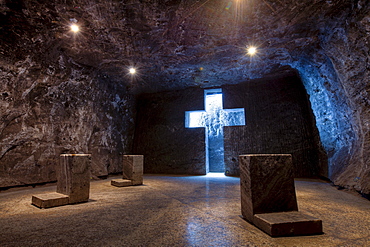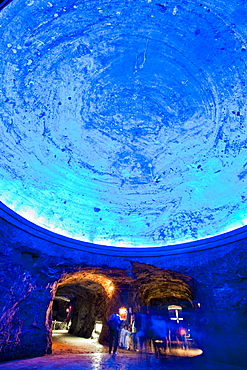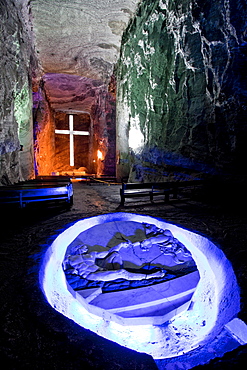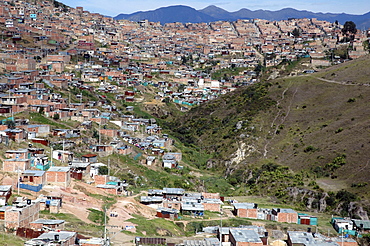Recent searches
Loading...
832-393456 - Streets and colored houses, View from the city street where all buildings are painted only in blue, the neighborhoods painted in vivid blue colors Cali, Colombia, South America
832-393458 - Streets and colored houses, View from the city street where all buildings are painted only in blue, the neighborhoods painted in vivid blue colors Cali, Colombia, South America
1350-1865 - Yonna dance, also called Chichamaya, carries a considerable symbolic charge for the Wayuu indigenous people of Colombia, representing three basic principles for this tribal group: Social equality, collective solidarity and the improvement of relations between the human being and the Cosmos.
1350-926 - Pasaje Rivas market, arts and crafts, Bogota, Colombia
1350-856 - chicken, sausage, black pudding, pork rinds, avocado, pollo, chorizo, morcilla, chicharron, aguacate, sancocho, soup, typical Colombian gastronomy
1350-1859 - Yonna dance, also called Chichamaya, carries a considerable symbolic charge for the Wayuu indigenous people of Colombia, representing three basic principles for this tribal group: Social equality, collective solidarity and the improvement of relations between the human being and the Cosmos.
1350-1871 - Yonna dance, also called Chichamaya, carries a considerable symbolic charge for the Wayuu indigenous people of Colombia, representing three basic principles for this tribal group: Social equality, collective solidarity and the improvement of relations between the human being and the Cosmos.
1350-1361 - Ajiaco, in Hato Viejo restaurant, Traditional colombian cuisine, Medellín, Colombia
1350-1860 - Yonna dance, also called Chichamaya, carries a considerable symbolic charge for the Wayuu indigenous people of Colombia, representing three basic principles for this tribal group: Social equality, collective solidarity and the improvement of relations between the human being and the Cosmos.
1350-1861 - Yonna dance, also called Chichamaya, carries a considerable symbolic charge for the Wayuu indigenous people of Colombia, representing three basic principles for this tribal group: Social equality, collective solidarity and the improvement of relations between the human being and the Cosmos.
1350-1862 - Yonna dance, also called Chichamaya, carries a considerable symbolic charge for the Wayuu indigenous people of Colombia, representing three basic principles for this tribal group: Social equality, collective solidarity and the improvement of relations between the human being and the Cosmos.
1350-805 - Carrera 2, Candelaria neighborhood, Bogotá, Colombia
1350-1866 - Yonna dance, also called Chichamaya, carries a considerable symbolic charge for the Wayuu indigenous people of Colombia, representing three basic principles for this tribal group: Social equality, collective solidarity and the improvement of relations between the human being and the Cosmos.
1350-1870 - Yonna dance, also called Chichamaya, carries a considerable symbolic charge for the Wayuu indigenous people of Colombia, representing three basic principles for this tribal group: Social equality, collective solidarity and the improvement of relations between the human being and the Cosmos.
1350-1868 - Yonna dance, also called Chichamaya, carries a considerable symbolic charge for the Wayuu indigenous people of Colombia, representing three basic principles for this tribal group: Social equality, collective solidarity and the improvement of relations between the human being and the Cosmos.
1350-1858 - Yonna dance, also called Chichamaya, carries a considerable symbolic charge for the Wayuu indigenous people of Colombia, representing three basic principles for this tribal group: Social equality, collective solidarity and the improvement of relations between the human being and the Cosmos.
1350-860 - Street art, mural, in `El embudo´street or Carrera 2, Candelaria neighborhood, Bogotá, Colombia
1350-1869 - Yonna dance, also called Chichamaya, carries a considerable symbolic charge for the Wayuu indigenous people of Colombia, representing three basic principles for this tribal group: Social equality, collective solidarity and the improvement of relations between the human being and the Cosmos.
1350-857 - Women cooking, restaurant, typical Colombian gastronomy, Street food, on the top of Cerro de Monserrate, next Santuario del Senor de Monserrate, Bogota, Colombia
1350-858 - Ajiaco,chicken, sausage, black pudding, pork rinds, avocado, pollo, chorizo, morcilla, chicharron, aguacate, sancocho, soup, typical Colombian gastronomy
1350-859 - Risotto, in Madre restaurant, Bogota, Colombia
1350-853 - roasted corn, typical Colombian gastronomy
1350-965 - Teenagers who were child soldier during their childhood that belonged to armed groups of the Colombian conflict. The international day against the child soldier is known worldwide also as the day of the red hand, colombia
1350-862 - Street art, mural, in Plazoleta Chorro de Quevedo, Candelaria neighborhood, Bogotá, Colombia
1350-861 - Street art, mural, in `El embudo´street or Carrera 2, Candelaria neighborhood, Bogotá, Colombia
1350-1863 - Yonna dance, also called Chichamaya, carries a considerable symbolic charge for the Wayuu indigenous people of Colombia, representing three basic principles for this tribal group: Social equality, collective solidarity and the improvement of relations between the human being and the Cosmos.
1350-855 - chicken, sausage, black pudding, pork rinds, avocado, pollo, chorizo, morcilla, chicharron, aguacate, typical Colombian gastronomy
1350-854 - Arepa, arepas, typical Colombian gastronomy
1350-1864 - Yonna dance, also called Chichamaya, carries a considerable symbolic charge for the Wayuu indigenous people of Colombia, representing three basic principles for this tribal group: Social equality, collective solidarity and the improvement of relations between the human being and the Cosmos.
1350-1867 - Yonna dance, also called Chichamaya, carries a considerable symbolic charge for the Wayuu indigenous people of Colombia, representing three basic principles for this tribal group: Social equality, collective solidarity and the improvement of relations between the human being and the Cosmos.
1350-927 - Musicians in traditional costume, in Bolivar square, Bogotá, Colombia
1242-303 - House painted in the colors of the Colombian flag (center), Filandia, Coffee Region, Colombia, South America
832-380166 - Tourists bathing in high waves at Maho Beach, Simson Bay Village, Philippsburg, Caribbean, Sint Maarten, North America
1176-956 - Children playing football outside the Spanish colonial city walls of Cartagena in the Colombian Caribbean, Cartagena, Colombia, South America
483-2013 - Tikal Temple 5, pre-Colombian Maya civilisation, Tikal, UNESCO World Heritage Site, Guatemala, Central America
832-368930 - Neighbors from the traditional Afro-Colombian community meet to make music, Bajamar slum, Buenaventura, Valle del Cauca, Colombia, South America
832-368931 - Old man, Afro-Colombians, playing a barrel drum, Bajamar slum, Buenaventura, Valle del Cauca, Colombia, South America
832-369916 - Terrazzo star for the artist Shakira, music category, Walk of Fame, Hollywood Boulevard, Hollywood, Los Angeles, California, United States of America, USA, PublicGround
832-368910 - Teenager, 14 years old, practising on a guitar, slums of Cerro Norte, Bogotá, Columbia
832-368928 - Young woman, Afro-Colombian, in the window of her house, Bajamar slum, Buenaventura, Valle del Cauca, Colombia, South America
832-368929 - Neighbors from the traditional Afro-Colombian community meet to make music, Bajamar slum, Buenaventura, Valle del Cauca, Colombia, South America
832-219686 - Reservoir of the La Miel hydroelectric power plant at sunset, Caldas, Colombia, South America
832-219684 - Reservoir of the La Miel hydroelectric power plant, Caldas, Colombia, South America
832-116494 - Cross-shaped stone in the underground Salt Cathedral of Zipaquira, Cundinamarca, Colombia, South America
832-116488 - Water mirror of the Salt Cathedral of Zipaquira, Cundinamarca, Colombia, South America
832-116493 - Cross-shaped stone opening in the underground Salt Cathedral of Zipaquira, Cundinamarca, Colombia, South America
832-116492 - Dome of the underground Salt Cathedral of Zipaquira, Cundinamarca, Colombia, South America
832-116490 - Underground Salt Cathedral of Zipaquira, Cundinamarca, Colombia, South America
832-55354 - Museum and memorial at the Hacienda Napoles, former estate of drug baron Pablo Escobar, head of the Medellin Cartel, Puerto Triunfo, Antioquia, Colombia, South America
832-55361 - View of the city of Honda, Colombia, South America, Latin America
832-55360 - View of the city of Honda on the banks of the Magdalena river, Colombia, South America, Latin America
832-55357 - Historic market hall with columns and arcades, city of Honda, Colombia, South America, Latin America
832-55359 - Bridge over the Magdalena river, city of Honda, Colombia, South America, Latin America
832-55365 - Historic market hall with columns and arcades, city of Honda, Colombia, South America, Latin America
832-55364 - Street with colonial building in the city of Honda, Colombia, South America, Latin America
832-55366 - Historic market hall with columns and arcades, city of Honda, Colombia, South America, Latin America
814-1446 - Colombian Police forces in front of the ex-entrance of Ranch Napoles, property of Pablo Escobar, Medellin, Colombia, South America
832-45203 - Slums, Comuna 13, Medellin, Colombia, South America, Latin America, America
832-45199 - Metro station, Metro de medellin, Medellin, Colombia, South America, Latin America
832-45201 - Sculpture by the artist and sculptor Fernando Botero in Plaza Botero, Medellin, Colombia, South America, Latin America, America
1113-36858 - Colombian flag and colonial houses, Cartagena, Bolivar, Colombia
1196-64 - Makuna-colombian shamans making shaman mask,
1196-33 - Colombian shaman, , amazon, makuna indians, makuna woma
1196-227 - Wearing tree bark cloth masks and skirts, dancers representing fish spirits are invited during the season of the peach palm harvest to drink the juice. it is a feast and ritual exchange: the host group offers the spirits large quantities of peach palm juice, smoked meat and fish, and shaman-blessed coca and snuff. the visitors are the costumed dancers impersonating animal spirits. people eat the meat and fish, animal spirits receive the fruits of peach palm, which are cultivated, harvested, and processed by humans. this exchange expresses the idea that people and animals depend on each other for survival and reproduction. vaupes basin, eastern colombia amazon, population: 600
1196-17 - Colombian shaman, , amazon, makuna indians, makuna woman chil
1196-226 - Colombian shaman, , amazon, makuna indians, makuna woman chil
1194-396 - Colombia sprawling slum development at altos de cazuca, bogota
1194-398 - Colombia sprawling slum development at altos de cazuca, bogota
1194-403 - Colombia in the slums of los altos de cazuca, bogota
1194-342 - Colombia woman breast feeding her baby beside the rio magdalena, barrancabermeja. Fishermen go passed in a dug our canoe
1194-343 - Colombia woman breast feeding her baby beside the rio magdalena, barrancabermeja. Fishermen go passed in a dug our canoe
1196-147 - Colombian shaman, , amazon, makuna indians, makuna closeup, makuna workin
1194-402 - Colombia sprawling slum development at altos de cazuca, bogota
1196-87 - Colombian shaman, , amazon, makuna indians, makuna closeup, makuna workin
1194-407 - Colombia girls walking home from school in ciudad bolivar, bogota
1194-364 - Colombia single mother with her children, barrancabermeja. Beautiful people, but they are extremely poor, and the children both suffer from malnutrition and stunted growth. She often does not send them to school becasue they are too hungry
1194-399 - Colombia sprawling slum development at altos de cazuca, bogota
1196-163 - Colombian shaman, , amazon, makuna indians, makuna closeup, makuna workin
1194-365 - Colombia very poor mother with her two sons, barrancabermeja
1194-425 - Colombia marly juliet, 7, of the slum of altos de cazuca, bogota, doing her homework








